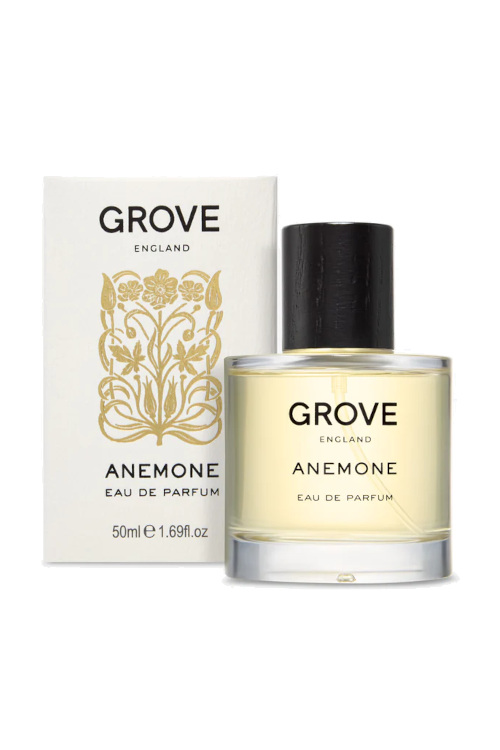
Walking Workouts Are 2025’s Biggest Fitness Trend – But Which Ones Are Worth Trying?
By
5 months ago
From treadmill routines to strolls interspersed with yoga poses, we delve into the science surrounding the latest walking trends
It’s often thought that effective workouts must leave us out of breath and sweating, yet this is far from the truth. In recent years, we’ve seen increased attention on the benefits of gentler types of aerobic exercise – most notably, walking. This is in large part thanks to TikTok, where walking challenges and workouts have soared in popularity lately. From the 6-6-6 routine to colour walking, the platform is awash with ideas for levelling up the everyday practice, whether that’s to boost the cardiovascular element, improve muscular endurance or reduce stress levels. But which ones will actually deliver results? C&TH’s resident personal trainer Ellie Smith explores.
Viral Walking Workouts: Are They Effective?
6-6-6 Walking Routine
The latest walking trend to sweep social media is the 6-6-6 routine, which involves walking for 60 minutes a day, either at 6am or 6pm. Each session begins with a six-minute warm up, where you walk at a slower pace before getting into your full stride for 60 minutes, then finishing with a six-minute cool-down stretch. TikTok loves a numbered challenge – but what does the science say?
First up: the timing. Wellbeing experts have long raved about the mental health benefits of getting outside for a walk soon after waking, and the research is there to prove it. One study from 2010 compared indoor and outdoor exercise, finding those who walked outside for just 20 minutes had better energy levels than those who walked indoors. Getting sunlight first thing also helps regulate your circadian rhythms (hence why it’s a crucial part of the beloved Mel Robbins’ routine) and studies suggest morning exercise can boost your productivity levels.
But what about if you go for the evening option? Well, this too can work wonders. A recent study from the University of Sydney found exercising between 6pm and midnight is linked to increased longevity. Evening walks are also good for digestion, particularly if you’ve been sitting at a desk all day.
Another factor here is the length of the walk – what does a 60-minute stroll offer that a 30-minute one doesn’t? The main draw is the improved fitness benefits: the more steps you rack up, the more energy you expend (and, consequently, the more calories burned). Plus, you’ll keep your heart rate elevated for longer, which improves cardiovascular strength and lung function. The 60-minute element could also contribute to the aforementioned longevity benefits, according to a study published in the British Journal of Sports Medicine in 2024, which found that just an hour of walking could add nearly three years to the lives for those over the age of 40.

Unsplash
12-3-30 Workout
While there are ample benefits to exercising outdoors, you can also reap plenty of benefits from a good indoor treadmill session. The internet’s favourite workout in this department? The 12-3-30 method, a viral routine which involves walking on a treadmill at an incline of 12, at three miles per hour, for 30 minutes. The clicky, numbered element of the challenge – alongside claims that the trend helps with weight loss – has propelled the 12-3-30 to viral fame. But is it worth the hype?
Incline walking offers a plethora of benefits. As personal trainer Amanda Place explains: ‘Walking on an incline increases the intensity of your workout, which can boost your heart rate and improve cardiovascular health. Walking on an incline also engages the muscles in your lower body, including the glutes, hamstrings, and calves.’ Place also notes the technique’s accessibility: it’s a low-impact way of increasing your heart rate, particularly well-suited to those with injuries.
Plus, recent research published in the International Journal of Exercise Science found that incline walking burns seven percent more fat than running (though it’s worth noting this was a small study of just 16 participants).
However, Place also points out that this type of workout can become less effective over time. ‘Your body may start to adapt to the 12-3-30 routine, causing diminished results – making it crucial to periodically increase the incline or speed to continue progressing,’ she says.
There is also evidence to suggest increasing the frequency and intensity of your walks could result in weight loss, and walking at an incline can result in more calories burned than on a flat surface. However, it’s important to note that weight loss is based on a number of individual factors, and there’s no magic formula.
Japanese Walking Method
Another of 2025’s buzziest walking trends is the Japanese method, a type of interval training where you switch between three-minute blocks of fast walking and three-minute blocks of slow walking for around 30 minutes in total. Although it has been all over TikTok recently, the method has been popular in Japan for many years, inspired by the results of a 2007 study published in Mayo Clinic Proceedings.
Researchers surveyed three groups of people over a five-month period (a total of 60 men and 186 women were involved, with an average age of 63). The first did no walking, the second had to rack up at least 8,000 steps for at least four days per week, walking at a moderate intensity, and the third were asked to go for high-intensity walks involving alternating three-minute bursts of slow and fast walking. At the end, the scientists found the strongest benefits in the third group, with participants showing improvements in aerobic capacity and muscular strength, as well as a reduction in blood pressure.
Plenty of other studies have pointed to the benefits of interval walking training. In 2018 scientists found the technique can protect against age-associated declines in physical fitness, while a study from 2023 concluded it can increase HDL (good) cholesterol levels, which can reduce the risk of heart disease or a stroke.
The Japanese walking method could be beneficial for boosting overall fitness, too. Much like other forms of interval training, such as HIIT and jeffing, on/off-style workouts mean you work harder in the ‘on’ bits, which boosts cardiovascular health. This type of exercise can also help with endurance, support muscular strength and improve VO2 max – the maximum amount of oxygen your body can consume when exercising.

Unsplash
Walking Yoga
We know walking is good for us, and we know yoga is too. But what about if we put the two together? Before you imagine doing downward dogs down the high street and rule it out immediately, picture a meditative stroll around the park which incorporates subtle movements. ‘Walking yoga is a practice that combines yoga, and breathwork with walking,’ says yoga teacher Sophia Drozd. ‘It’s a simple mix of the physical benefits of walking and the calm focus of yoga.’
The key benefit is the mindfulness element: instead of scrolling through Instagram and ignoring the scenery around you, walking yoga is all about being more present in the moment. As Drozd highlights, it ‘encourages you to pay attention to your surroundings, your senses, how the walk feels in your body, and to synchronise your breathing. It helps you walk mindfully, enjoying the little things and finding happiness in the details.’
There are physical perks, too. Aside from all the usual effects associated with walking, bringing in simple yoga elements can help increase mobility and flexibility, as well as easing stiffness in the body.
To get started, Srozd recommends kicking off with a short walk. ‘Start small, a short walk, perhaps one you have done before or know well, so you can focus more on your body and the sensations of how the walk feels first. This is going to be really beneficial when you synchronise your breath to the movement of walking.’ Begin with some simple breathwork, before bringing in some shoulder rolls, side stretches and gentle twists, with the option to pause for a few minutes for a couple of poses like mountain or tree.
























